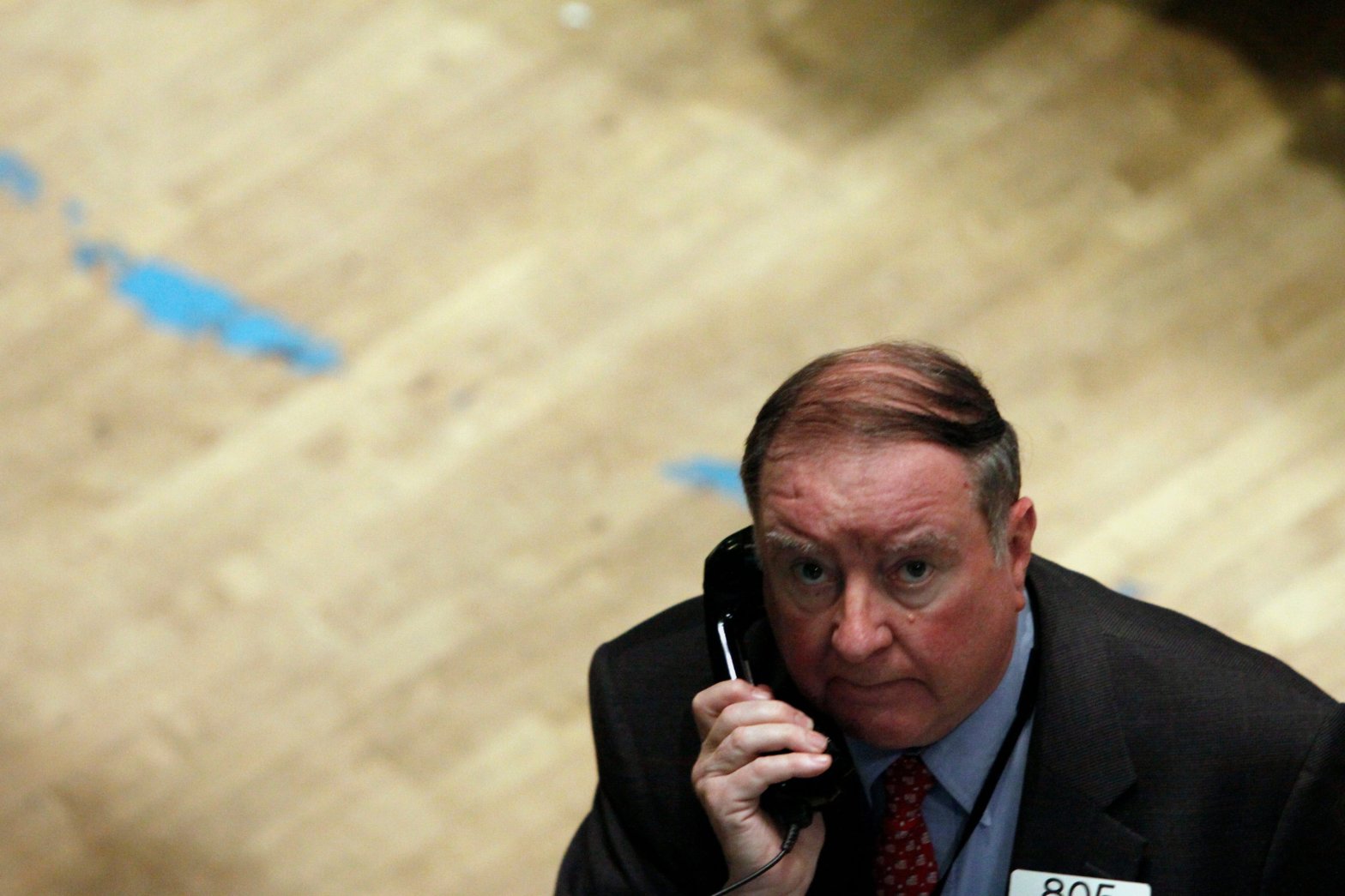Investors aren’t paying enough attention to the risk of quantitative easing, Art Cashin told CNBC. While markets are focused on benchmark rates, the Fed has been slowly shrinking its balance sheet. Meanwhile, the Bank of Japan could signal a big shift soon that would also send yields higher. Loading Something is loading.
Thanks for signing up!
Access your favorite topics in a personalized feed while you’re on the go.
Wall Street legend Art Cashin is cautioning markets to keep a close eye on the the Federal Reserve’s quantitative tightening and a possible reversal from the Bank of Japan.
With Japan’s central bank due to meet in the coming week, a shift toward a more hawkish stance would add upward pressure on bond yields, hitting stocks in the process.
“The Fed has stopped being an aggressive buyer of US Treasuries. And if the Japanese people stop being an aggressive buyer, that’s going to force rates and yields higher too,” Cashin, UBS’ director of floor operations, told CNBC on Friday.
While markets are focused on how much higher benchmark rates will go, the Fed has been slowly shrinking its balance sheet “behind the scenes,” he said.
In June, the Fed began its quantitative tightening policy with monthly sales of up to $30 billion in Treasurys and $17.5 billion in mortgage-backed securities. In September, that went up to $60 billion for Treasurys and $35 billion for MBS.
“I think we’ve got all these tiny ticking time bombs to keep an eye on. So yes, I agree with you, people aren’t watching QT as closely as they should,” Cashin added.
Along with the Fed’s aggressive rate hikes, this strategy of taking money out of the economy has helped push up bond yields.
The 1-year Treasury yield at over 5% is at its highest since 2006, and the 10-year yield topped 4% last year before pulling back a bit earlier this year.
And if the 10-year yield goes above 4.10%, that will put pressure on markets and cause stocks to retest lows, Cashin said.
Meanwhile, the Bank of Japan in the next week may compound the issue. An outlier among most central banks, Japan has maintained a loose monetary policy, allowing yen to be borrowed cheaply and plowed into purchases of Treasurys.
But investors have also been speculating over Kazuo Ueda, most likely to be the bank’s newest governor. His hawkish attitude could indicate an end to Japan’s easy-money stance, which could lower demand for Treasurys and send US yields higher.
Signs of more inflationary pressures in the country may trigger a policy reversal, with Bank of Japan members meeting Thursday and Friday.
“Seeing inflation getting embedded in Japan suggests we’re on the cusp of a change in policy. That could mean an unwinding of the yen carry trade. Maybe that could put some more pressure on the upside on Treasurys,” said Charles Schwab global chief investment strategist Jeffrey Kleintop told CNBC on Friday.
